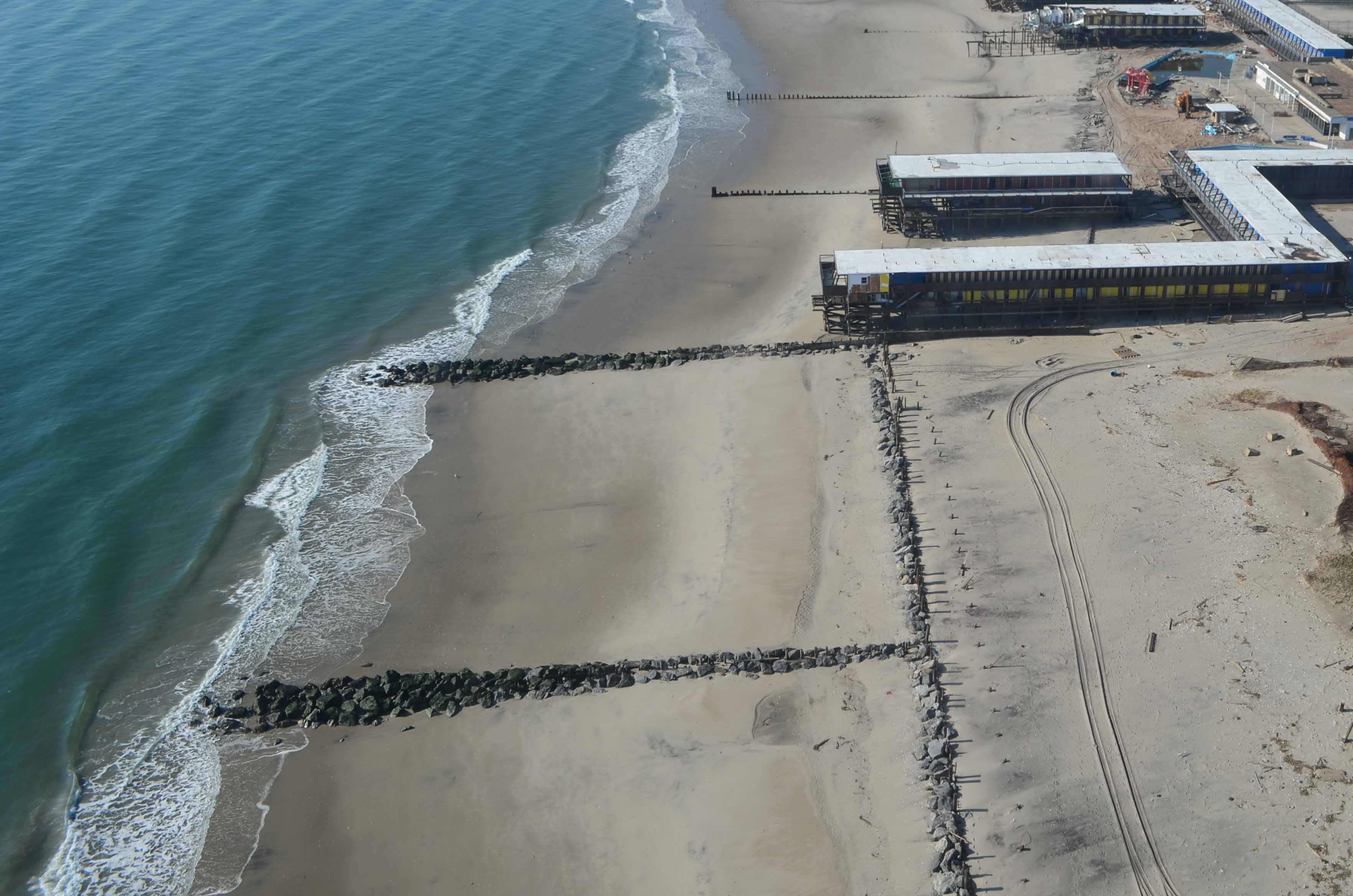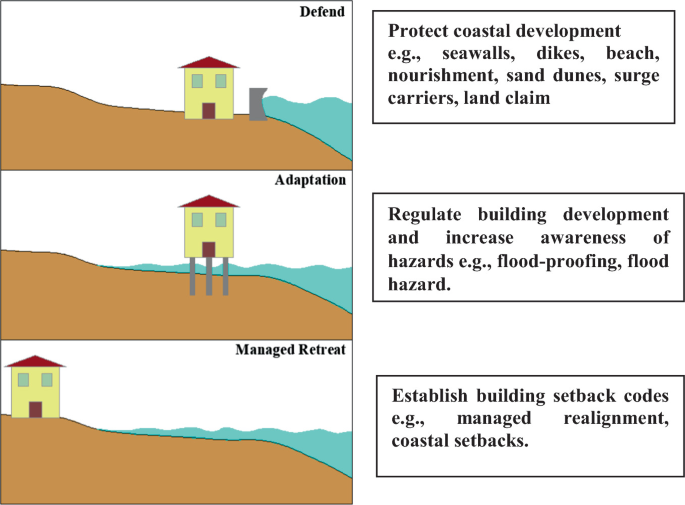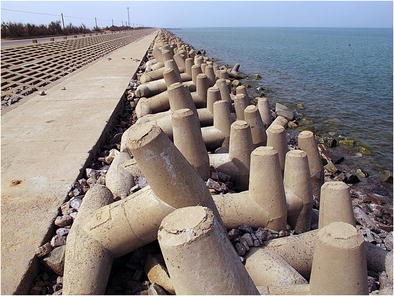Shore Protect Team Fundamentals Explained
Table of ContentsSome Known Details About Shore Protect Team Fascination About Shore Protect TeamIndicators on Shore Protect Team You Need To KnowShore Protect Team - The FactsShore Protect Team for BeginnersShore Protect Team Fundamentals ExplainedThe 10-Minute Rule for Shore Protect Team
Decline in property value: As the area tourist is affected by disintegration, so after that is the economic climate. Buyers are less most likely to look for a beach residence that can be destroyed at any type of moment by the upcoming flooding and erosion emergency situation. In turn, residential property worth can drop tremendously and influence the whole region.Whether a beach is just tiny and crowded or has to shut totally for the safety and security of the community and neighboring homes, this substantially impacts tourism. Consequently, local economic climates are affected (https://www.ultimate-guitar.com/u/shrprtcttm). Threat of injury: The increased threat of flooding and structural failings triggers an increased threat of injury to neighboring tourists and area members

Shoreline stabilization is straight related to their job. Waterfront hotels: Since shoreline disintegration influences tourist, it affects the success of waterfront hotels.
Shore Protect Team Fundamentals Explained
Coastal business companies: No tourists suggests no company. Coastal state parks: State parks that exist along coastlines are at threat of damages.
Soft stablizing is a far better option for the setting and even more sustainable overall. Tough stablizing uses synthetic frameworks as protection to regulate disintegration. Normally, these structures are mounted at right angles or parallel to stop sand motion and minimize the force of waves. A lot of types of difficult stablizing like seawalls and sheet steel are not perfect for coastline stablizing.
Some Known Incorrect Statements About Shore Protect Team
There's additionally insufficient evidence of their effectiveness depending on the kind of shoreline and regional conditions. Hard stablizing strategies often tend to be harder to set up and don't match the natural aesthetic, sticking out like an aching thumb and damaging regional ecosystems in several circumstances. Beach nourishment is the procedure of adding lost sand and debris back to beaches after erosion has actually happened.
TrapBags help in the process of coastline nutrition by safeguarding natural communities and permitting plants to grow. While this procedure can be pricey and is not long-term, the pros often tend to surpass the cons. TrapBag barriers offer several buildings that make them suitable for coastal and shore disintegration security. They're: Eco friendly: You can utilize indigenous soil both to border and to load the TrapBags.

The Greatest Guide To Shore Protect Team
Easy to mount: Alleviate of setup means TrapBags can be deployed quickly in case of an emergency. They can additionally be set up without any heavy machinery. Cost effective: TrapBags are suitable for both small and large areas of coastline. They offer an affordable option to cover jobs of any dimension.
Combined with a high building and construction price, this has brought about boosting use various other soft design seaside management alternatives such as coastline replenishment. Seawalls are created from different products, a lot of typically enhanced concrete, stones, steel, or gabions. Various other feasible building materials consist of plastic, wood, aluminum, fiberglass composite, and naturally degradable sandbags made from hemp and coir. The appropriate seawall style depends on location-specific elements, consisting of surrounding erosion processes. There are three main kinds of seawalls: upright, rounded, tipped, and piles (see table listed below).
All-natural obstacles, such as coral reefs and mangrove forests, stop the spread of tidal waves and the circulation of coastal waters and reduced the flood and surge of water. A cost-benefit method is an efficient method to establish whether a seawall is ideal and whether the advantages deserve the cost.
Shore Protect Team for Dummies
A seawall is a fixed function which can clash with the vibrant nature of the coastline and restrain the exchange of sediment in between land and sea. The table listed below summarizes some favorable and adverse impacts of seawalls which can be used when contrasting their performance with various other seaside administration options, such as coastline sustenance. [] Benefits and drawbacks of seawalls according to Short (1999) Advantages Disadvantages Long-term remedy in comparison to soft coastline nourishment.

This can cause beaches to dissipate, providing them pointless for beach goers. Normally, seawalls can be an effective method to manage seaside disintegration, yet only if they are built well and out of products that can stand up to the force of ongoing wave power. Some understanding is required of the coastal procedures and morphodynamics details to the seawall location.
Fascination About Shore Protect Team
The ideal seawall layout counts on location-specific facets, including surrounding disintegration procedures. There are three major kinds of seawalls: upright, rounded, stepped, and piles (see table below). A record published by the United Nations Setting Programme (UNEP) recommends that the tidal wave of 26 December 2004 triggered much less damage in the locations where natural barriers existed, such as mangroves, coral reefs or coastal plant life.
All-natural obstacles, such as coral reefs and mangrove forests, protect against the spread of tidal waves and the circulation of coastal waters and minimized the flooding and rise of water. A cost-benefit method is an efficient way to figure out whether a seawall is ideal and whether the benefits deserve the expenditure.
The 8-Second Trick For Shore Protect Team
A seawall is a static function which can conflict with the dynamic nature of the coastline and hamper the exchange of debris between land and sea. The table below summarizes some favorable and negative effects of seawalls which can be used when contrasting their efficiency with various other seaside management choices, such as coastline nourishment. [] Benefits and downsides of seawalls according to Short (1999) Advantages Downsides Lengthy term remedy in comparison to soft beach nutrition. residential bulkhead.

This can create beaches to dissipate, rendering them ineffective for coastline goers. Usually, seawalls can be an effective method to regulate coastal disintegration, yet only if they are constructed well and out of materials that can hold up against the force of ongoing wave energy.